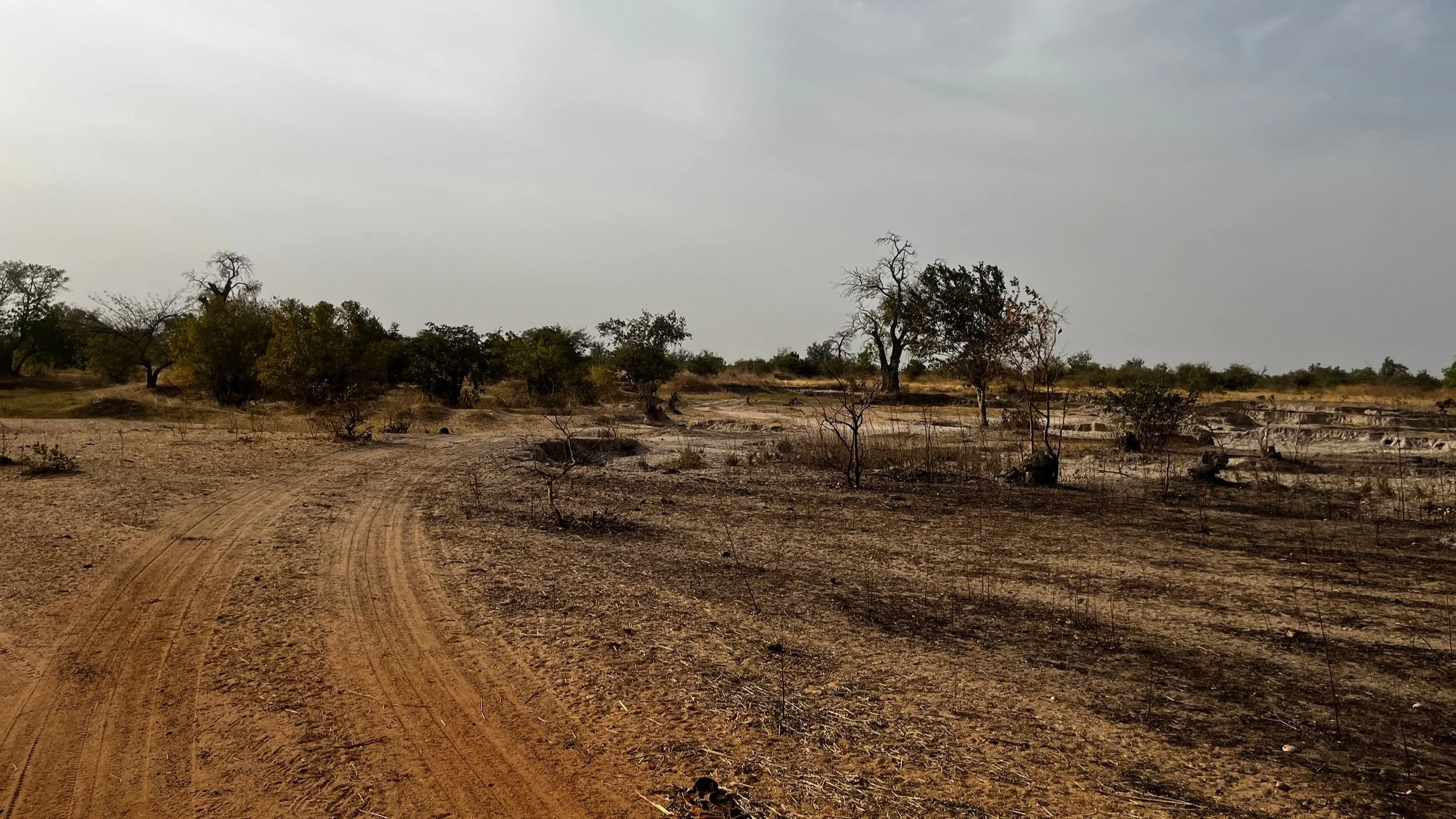The border south of Toubakouta was small and laid-back on both sides so it didn’t take long for us to enter the first English-speaking country of our trip: The Gambia. Shortly after the border comes the ferry to Banjul, The Gambia’s capital. We were lucky it arrived just as we arrived at the Barra terminal.
And we were lucky we made it to the ferry. It was absolutely packed. Behind Thies, a group of French tourists was split when the ferry left. It doesn’t have a bow flap, it simply ends at one point. No-one fell into the water on our trip, though.
While Banjul is the capital, it’s neighboring city Serakunda is way bigger. We decided to stay the night there. On our stroll to the coast we suddenly found ourselves in a Mallorca-like street with restaurants primarily catering to European charter tourists.
We sneaked into a gigantic resort by the coast, the kind you never have to leave. It was weird to see considering what the rest of city looks like.
The Gambia is not only among Africa’s smallest countries, it has one of the world’s most arbitrary borders. A quick glance shows why: it is situated on both sides of the river Gambia. The borders are a product of its past as British colony. Legend has it the borders are marked by as far as British cannons could shoot.
Gambia has one road on the north bank of the river and one on the other side. We decided to take the ferry back to the northern side to as the southern road is of bigger economic significance. Meaning more traffic, more trucks.
On the northern bank the landscape was green and lush.
Every now and then there was a little town, and every town had it police checkpoint. But most officers just waved us through. And if they stopped us, the just wanted to talk: Where we are from, where we’re going, or to compliment our bikes.
At some point we left the big road and turned right towards the river and the village of Kuntaur.
Here we stayed at place called Kairoh Garden, directly by the river.
The next day we embarked on a little boat ride. We were hoping to see hippos, monkeys and crocodiles.
And after a few minutes on the river, our guide pointed us towards “the black things on the river”. There were the hippos. Dubbed “Africa’s most dangerous animal”, hippos are responsible for the deaths of about 500 people per year. Our guide said they do take revenge when you provoke them; we stayed in a safe distance (hence the blurry photos).
Hippo family. Shot on iPhone.
Another hippo family. Shot on iPhone.
We also saw chimps who were reintroduced to the region years ago. There are three islands they live on. The one’s you see below are hanging around for the feeding boat to come. They are not being fed because they don’t have enough food on the island, but rather in order to be able to monitor the population.
Chimps. Shot on iPhone.
The crocodiles kept to themselves, they only come out on really sunny days. Fair enough.
Happy but in need of a haircut. Shot on iPhone.
Long tailed glossy star. Shot on iPhone.
The next morning we hit the road again and took the Georgetown ferry to the southern bank.
It was much like on the other side, maybe a little greener, maybe it only appeared to us that way.
And just like that, our time in Gambia was over. We really liked it. Beautiful nature, nice people. We can recommend a visit – if you don’t plan to stay in that resort.





















